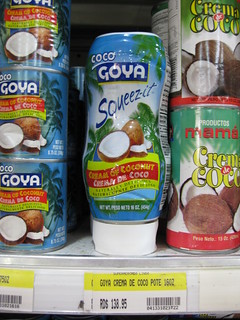Hopefully neither.
Pennsic, once again, is on the horizon. Having recently bought a car, bought a house, and lost my job means this year will need to be extra cheap. So I'm canning eggs.
I picked up a case of 7.5 dozen eggs from Sam's Club for $11, 18 pint jars from Ollies for $12, and a gallon of apple cider vinegar for $3. All of the spices and canned beets were already in my pantry, and the jars are reusable, so it's pretty much $15 for an epic amount of portable, shelf stable protein.
In my research, I found everything from canned eggs lasting years in the basement to
OMG EVERYTHING WILL KILL YOU, so, whatevs. I don't plan on them surviving more than a month, so I'm not terribly concerned about over sterilizing everything.
I found a life hack that you can bake eggs at 325F for 30 minutes instead of having to deal with bringing water to a boil and whatnot. It mostly came out ok!
1. Preheat oven to 325F (or 350F if your oven isn't reliable) while you place eggs into cupcake tins so they don't roll around. Cook for 30 minutes.
- Normal cupcakes are ok, but mini cupcakes will let you fit twice as many. My new oven is huge, so I can fit two trays on each rack, for a total of 8 dozen eggs at once.
- Unfortunately, I only had three mini cupcake tins, so I tried using a regular cupcake tin with two eggs in each cup. Some of these eggs came out with soft spots >.>
- The eggs that were fully cooked had small charred brown spots where they were touching the tins. It is ok and doesn't affect the rest of the pickling.
2. Pull cooked eggs out of the oven and cool down.
- Placing them in ice water helps the flesh retract from the shell (and keeps you from burning your fingers).
3. Shell eggs and place five in each pint jar.
- Some websites made a huge deal about only using unblemished eggs because pitting and splits are focus points for bacterias THAT WILL KILL YOU. I don't think I managed to get more than half of them unscathed.
4. Add spices and vinegar to jars, making sure to cover the eggs completely (because vinegar is a magic barrier, apparently) while leaving enough space at the top of the jar to create a vacuum. Put lids on jars, leaving the rings loose so air can escape.
5. Put jars in canning pot with enough water to reach the top of the jars and bring to a rolling boil, making sure the contents of the jars are also heating up. According to the
Kuntz Family, who's canning instructions I was following, you want to make sure the contents reach 200F and are kept there for 15 minutes.
6. Use the forceps to pull the jars out. Unscrew the rings to give the jars a final burp, then screw them on tight again. Beware of molten brine shooting out in every direction >.>
7. Let cool on the counter top and await eagerly to hear the lids pop! Now that the eggs have been pasteurized and sealed in a harsh environment, they should be safe to eat for at least a year if kept in a cool and dark environment.
Now, remember when I said some eggs came out with a soft spot? You can microwave the peeled egg for 30 seconds to heat it up, but it won't heat enough to cook. You can heat it up another 15 seconds with no problem, but once it hits 16, there might be a slight boom that blows the microwave door open. Just so, like, you know.
The fun part will come in two weeks when we eat all of them in camp. I made four jars with beets and twelve with six different spice combinations. I will do my best to do a write up of the critique and spice blends when I get back.






